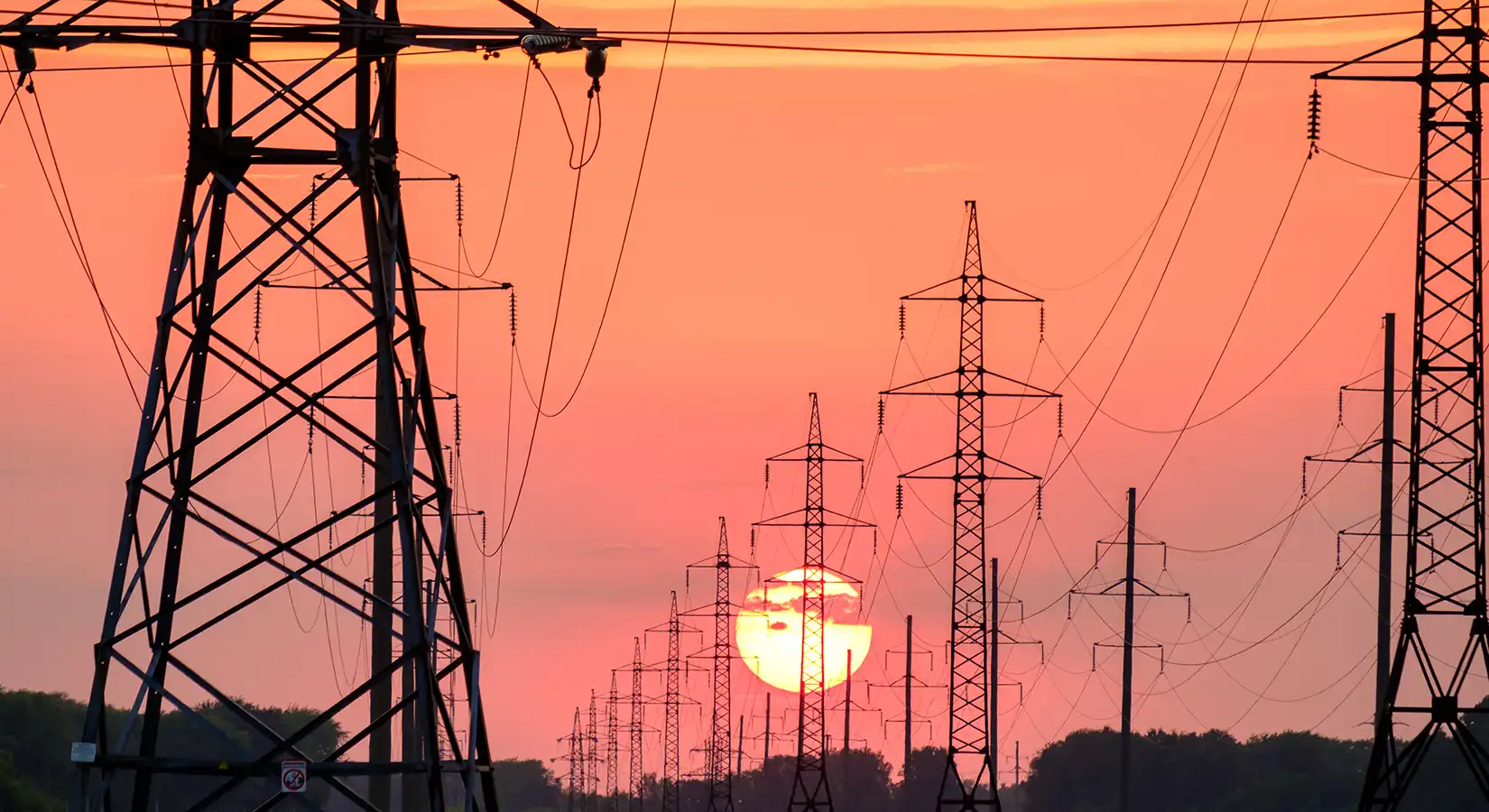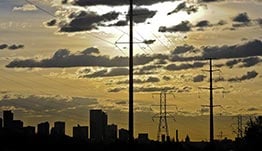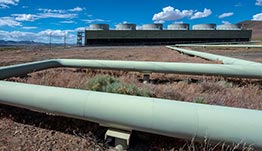Geothermal Grid Integration
NLR works with industry partners to optimize strategies for effectively interconnecting geothermal generation with the electric power grid.

NLR is demonstrating how geothermal can bring value in the areas of cybersecurity, flexible generation, storage, and additional grid services.
Beyond Levelized Cost of Energy
Although levelized cost of electricity (LCOE) is a necessary component to assess a project's potential, additional models that take into account grid makeup and operation are needed to assess the true value of a geothermal project. NLR researchers are developing methodologies and performing analyses that move beyond LCOE as the metric for evaluating geothermal projects and assess the true or "net" value to the grid.
Cybersecurity
NLR's cybersecurity research is strengthening our grid against tomorrow’s threats. It spans the fundamentals—from cryptography for distributed energy systems to cybersecurity industry standards for interconnecting new devices. With billions of new intelligent, connected electronics entering our grid every year, diligent focus on cybersecurity for an evolving grid is crucial.
Flexible and Hybrid Generation
Geothermal can provide flexible, baseload power to a national or regional grid. Flexible operation can be achieved through advanced well flow control, power system configuration, and adoption of surface energy storage systems.
It can also be directly integrated with fossil fuel power generation and co-located with other flexible or nonflexible energy technologies to provide a more resilient hybrid energy system.
Featured Projects
Cybersecurity: Geothermal Sector Cybersecurity Vulnerability Assessment
NLR led an analysis of geothermal sector cybersecurity vulnerabilities and risks, which are relevant to achieving the technological advancements and expected sector growth outlined in the 2019 GeoVision Study. This analysis is a proactive effort to enhance cybersecurity in geothermal development and operations. As the geothermal industry grows, the cybersecurity strategies to be deployed will be of increasing importance to ensure resilient, reliable, and secure energy for years to come.
Of the eight vulnerabilities analyzed, the review identified reservoir data system monitoring as one that is unique to geothermal systems and may warrant further investigation to better understand risk and mitigation. A detailed analysis of the other vulnerabilities may highlight additional uniqueness or solutions relative to other industries.
Impact
This project identified areas to enhance cybersecurity in geothermal development and operations. It offers pathways that may improve risk quantification and enhance cybersecurity preparedness of the sector.
Partners
Lawrence Berkeley National Laboratory, Kitzworks LLC
Capabilities
NLR works with industry partners to design and model widespread, cost-effective, and grid-friendly geothermal power plants that will enable the deployment of geothermal across the entire United States. NLR's geothermal capabilities run the gamut from analysis to downhole tools and sensors and from reservoir modeling to full-scale field research validation.

Cybersecurity and Resilience
We're working to identify and address critical information gaps on the cybersecurity of geothermal energy systems.

Grid Integration Modeling
NLR works with electric utilities, energy policymakers, and industry partners to determine the most effective ways to integrate geothermal technologies into the electric power system.

Power Plant Modeling and Simulation
Our modeling and simulation capabilities offer an efficient approach for plant design, operation optimization, and life cycle techno-economic assessment.
Share
Last Updated Dec. 4, 2025
